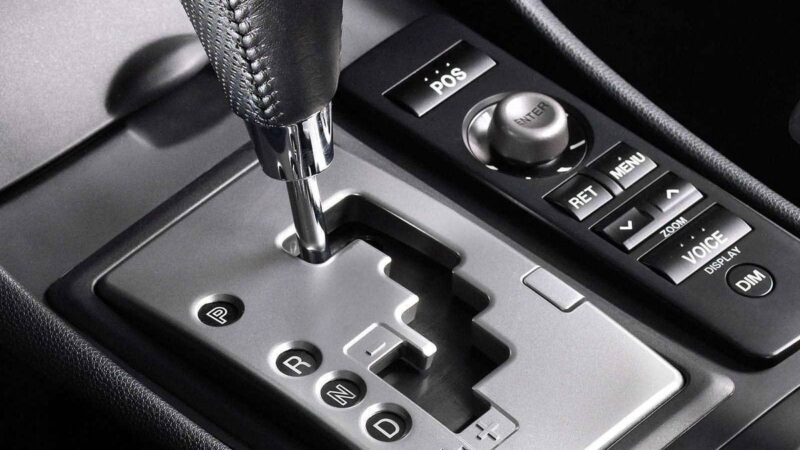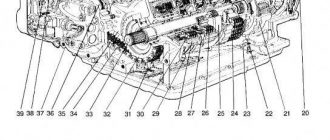All About Automatic Transmission Cars: An In-Depth Guide
Introduction
Automatic transmission cars have become increasingly popular in recent years due to their ease of use and convenience. They eliminate the need for manual shifting, making driving more enjoyable, especially in stop-and-go traffic. This guide will provide a comprehensive overview of automatic transmission cars, covering their types, components, operation, and maintenance tips.
Types of Automatic Transmissions
There are several types of automatic transmissions available, each with its own unique characteristics:
– Conventional Automatic Transmission (CAT): The most common type of automatic transmission, CATs use a planetary gearset to provide smooth gear changes. They are known for their reliability and durability.
– Continuously Variable Transmission (CVT): CVTs use a belt or chain that runs between two variable-diameter pulleys. This allows for an infinite range of gear ratios, resulting in smoother acceleration and improved fuel efficiency.
– Dual-Clutch Transmission (DCT): DCTs have two clutches that allow for faster and more efficient gear shifts. They offer a sportier driving experience and are often found in performance vehicles.
– Automated Manual Transmission (AMT): AMTs combine elements of both manual and automatic transmissions. They use a clutch and gears similar to a manual transmission, but shifting is automated by an electronic control unit.
Components of an Automatic Transmission
The primary components of an automatic transmission include:
– Torque Converter: A fluid coupling that connects the engine to the transmission, allowing for smooth gear changes and absorbing vibrations.
– Planetary Gearset: A set of gears that provide different gear ratios and enable the transmission to shift gears.
– Valve Body: A hydraulic control unit that regulates the flow of fluid through the transmission, controlling gear shifts and torque converter lockup.
– Governor: A sensor that measures vehicle speed and engine RPM, providing feedback to the valve body for optimal gear selection.
– Solenoids: Electromagnetic switches that control the flow of fluid to different components of the transmission.
Operation of an Automatic Transmission
The operation of an automatic transmission is controlled by a complex electronic system that receives inputs from various sensors and the driver. Here’s a simplified overview of how it works:
1. When the driver shifts the gear selector to “drive,” the transmission control module (TCM) sends a signal to the valve body to engage the first gear.
2. The valve body opens the appropriate solenoid valves, allowing fluid to flow to the corresponding clutch plates within the planetary gearset.
3. As the vehicle accelerates, the TCM monitors engine RPM and vehicle speed. When the optimal shift point is reached, the TCM sends a signal to the valve body to release the first gear clutch and engage the second gear clutch.
4. This process continues as the vehicle accelerates, with the TCM selecting the appropriate gears for optimal engine performance and fuel efficiency.
Maintenance Tips for Automatic Transmission Cars
To ensure the longevity and reliability of your automatic transmission car, it’s important to follow these maintenance tips:
– Check Transmission Fluid Regularly: Check the transmission fluid level and condition at specified intervals. Replace the fluid and filter as recommended by the manufacturer.
– Avoid Aggressive Driving: Avoid rapid acceleration, hard braking, and towing heavy loads, which can put excessive strain on the transmission.
– Get Regular Transmission Service: Schedule routine transmission service at a qualified mechanic. This includes flushing the transmission fluid, replacing worn components, and checking for leaks.
– Pay Attention to Warning Signs: Be aware of any unusual symptoms such as slipping gears, whining noises, or hesitation during gear shifts. Promptly address these issues to prevent major problems.
Advantages of Automatic Transmission Cars
Automatic transmission cars offer several advantages over manual transmission vehicles:
– Ease of Use: Automatic transmissions eliminate the need for manual shifting, making driving more accessible and enjoyable for everyone.
– Convenience: In heavy traffic or stop-and-go situations, automatic transmissions offer a more relaxed and convenient driving experience.
– Improved Fuel Efficiency: Modern automatic transmissions are engineered to optimize fuel consumption by selecting the most appropriate gears for driving conditions.
– Reduced Driver Fatigue: By eliminating the need for constant gear shifting, automatic transmissions reduce driver fatigue and improve overall driving comfort.
Disadvantages of Automatic Transmission Cars
While automatic transmission cars offer many advantages, there are also a few drawbacks to consider:
– Higher Initial Cost: Automatic transmissions tend to be more expensive than manual transmissions, especially in higher-end vehicles.
– Reduced Driver Control: Automatic transmissions limit driver control over gear selection, which can be a disadvantage for enthusiasts who prefer a more engaged driving experience.
– Maintenance Costs: The maintenance and repair costs for automatic transmissions can be higher than for manual transmissions due to their complex design and specialized components.
Conclusion
Automatic transmission cars have become an essential part of modern society, offering ease of use, convenience, and improved fuel efficiency. Understanding the different types, components, and operation of automatic transmissions is crucial for maximizing their performance and longevity. By following proper maintenance tips and being aware of their advantages and disadvantages, you can ensure that your automatic transmission car provides you with years of reliable and enjoyable driving.






